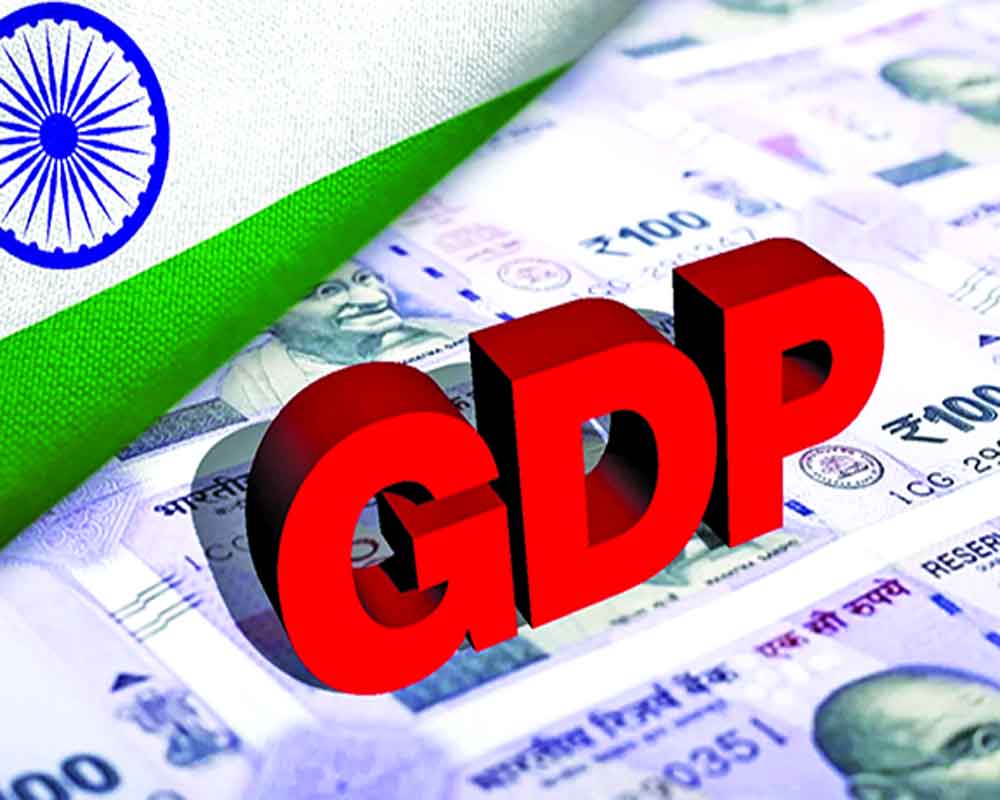Economic Survey 2022-23 is quite bullish on the future, and the optimism is grounded in reality
The GDP growth rate in 2023-24 may be lower than that in the current fiscal but happy days are on the horizon. This is the message that the 400-plus pages of Economic Survey 2022-23 tend to convey. Finance Minister Nirmala Sitharaman tabled the survey in Parliament on Tuesday. It goes on to list the grounds for its upbeat message. Even as the survey pegs the growth rate at 6.5 per cent for 2023-24, as compared to 7 per cent in 2022-23 and 8.7 per cent in the last fiscal, it claims that India’s recovery from the pandemic was relatively quick, and growth in the upcoming year will be supported by solid domestic demand and a pickup in capital investment. The current growth trajectory, it correctly says, will be supported by multiple structural changes that have been implemented over the past few years (read since 2014). The survey suggests that the “financial system stress”—as reflected in nonperforming assets, low credit growth, and declining growth rates of capital formation—was caused by excessive lending in the pre-2014 period. Those stress years are behind us, just like the period of recovery from the pandemic-induced slowdown. Chief Economic Advisor Venkatraman Anantha Nageswaran sees similarity in the situation in the last few years to the one pertaining in the 1998-2002 period. Over two decades ago, transformative reforms were undertaken by the government, but the growth returns were due to temporary shocks in the economy. Once these shocks faded, the structural reforms paid growth dividends from 2003.
His optimism is grounded not just in history but also in reality. In general, he has presented a rosy picture in the survey: private consumption in the first half of 2022-23 was highest after FY15; capital expenditure by the Central government has crowded in the private capex, thus strengthening the balance sheets of corporations; credit growth in the MSME sector is good; the Indian rupee performed well compared to other emerging market economies in April-December 2022; the urban unemployment rate has declined; retail inflation has been reined in; direct tax collections for the period April-November 2022 were buoyant; with improved and healthier balance sheets, a fresh credit cycle has already begun, apparent from the double-digit growth in bank credit over the past months. The picture, however, doesn’t look very pretty when we closely look at manufacturing—the second largest employment generating sector. The survey does admit that foreign direct investment “in the manufacturing sector moderated in the first half of FY23,” but then goes on to gloss the dip by saying that “inflows stayed well above the pre-pandemic levels, driven by structural reforms and measures improving the ease of doing business.” The fact is that in the January-November 2022 period, actual industrial investment was over 43 per cent lower than that in the same period in 2021. On the whole, however, the survey presents a realistic picture.


























